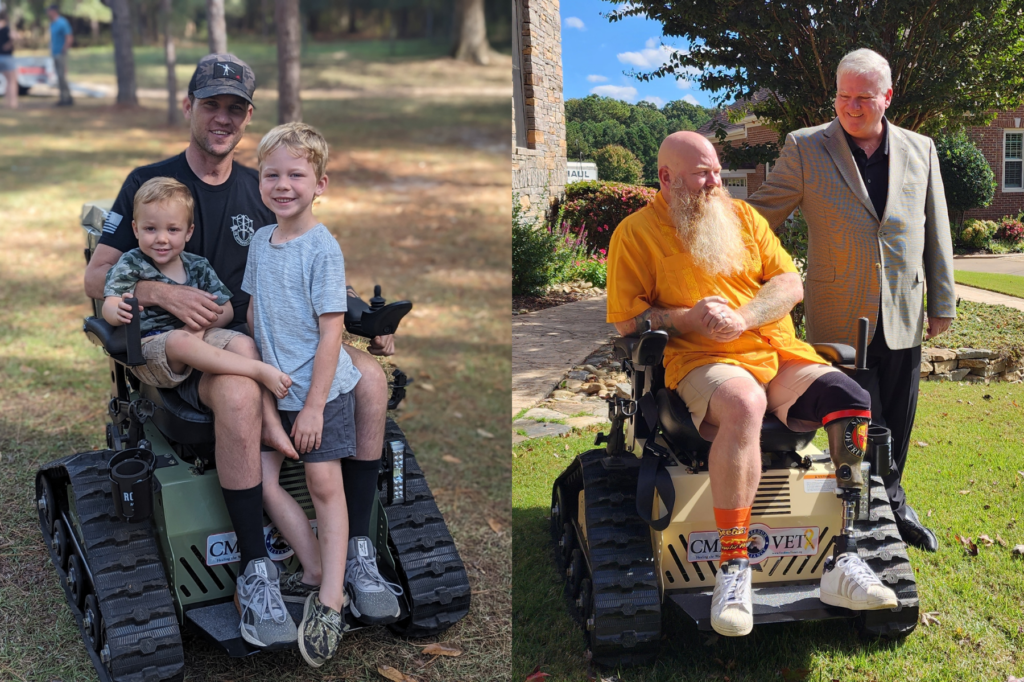
Second in a series
Nangarhar Province, Afghanistan– Our day began at 0200. Breakfast for the raiders went at 0230. Well before dawn, the multi-national force – U.S. DEA Agents, ISAF Special Operators and more than 30 Afghan National Interdiction Unit (NIU) police officers were mustered beside the helicopters. Their mission: take down an opium smuggler’s compound before he could move his precious cargo across the nearby, increasingly tense Af-Pak border. Today’s raid – and the other units our FOX News “War Stories” team has accompanied on this visit – provides a unique “behind the scenes” perspective on how this war is changing. Those who are mired in the mainstream media’s view of Afghanistan may be surprised at how rapidly the situation is evolving.
When we left here this past spring, U.S. and Coalition Forces were in the midst of what we described as a “tactical pause.” Additional U.S. troop deployments to fulfill the “surge,” announced by Mr. Obama on December 1, 2009, during a speech at the U.S. Military Academy at West Point, were still arriving “in-country.” In southwestern Afghanistan, a Marine Expeditionary Brigade was in the midst of being replaced by a much more robust Expeditionary Force – and the media elites began referring to the area of operations as “Marine-istan.”
By late April, the battle for Marjah, in the heart of Helmand Province and a major center for illicit opium production, was being described in the U.S. and European press as “undecided” at best and “a failure” at worst – and the poppy harvest had yet to come in. U.S. troops and those of other western allies were openly critical of new, more restrictive rules of engagement (ROE) aimed at protecting civilians.
We reported all this – while highlighting the courage and perseverance of the young Americans who volunteered to serve in this long, difficult and dangerous war. ISAF headquarters, then headed by General Stanley McChrystal, countered that our description of the situation was too pessimistic. But of course, as the “op-tempo” picked up, so did friendly casualties. Public approval for the fight here in the shadow of the Hindu Kush plummeted and no one in Washington – or any other western capital – spoke of “winning”, or put the words “victory” and “in Afghanistan” in the same sentence. But that was then and this is now.
Over the course of this visit, it has become vividly clear to some of us who have been here repeatedly over the course of the last nine years, that the prospects for a positive outcome in this war are today better than ever before. That’s not an assessment one can get from hanging around the barricaded embassies in Kabul, or the bars and restaurants in the capital that serve as echo chambers for America-hating cynics.
Here are the top three indicators out of the dozens I am seeing. These are observations based on traversing this rough country and listening carefully to thousands of people: Afghan nationals, government officials, civilians and soldiers, generals and privates, and the remarkable men and women who live here:
First, and most importantly, the Afghan people have decided – often village by village – that they have had enough of war. They overwhelmingly want the Taliban to go away. And they are increasingly throwing their lot in with those who will deliver security for their families, education for their children, and basic infrastructure like electricity, roads, clinics and hospitals.
It’s a refrain I first heard in Iraq in 2006 and 2007 – while Generals David Petraeus and James Mattis were writing the U.S. Military Counterinsurgency Manual. Those who look and listen can hear it the length and breadth of Afghanistan. General David Petraeus knows it. In a generous and wide-ranging interview on September 24, he told me, “There are feelers out to senior Taliban members about reconciliation; actually they’ve come from the Taliban, which indicates the desire to return to their country.” That’s a crucial step for ending this insurgency.
Second, despite generations of subjugation – even misogyny – the women of Afghanistan are responding to their country’s call. Though women make up 54 percent of Afghanistan’s population, the Taliban denied girls even basic education. Yet, women were more than 60 percent of the electorate who cast ballots in parliamentary elections earlier this month. This week, more than 40 female U.S. Marines and Navy Medical Corpsmen arrived to “plus up” the Female Engagement Teams (FETs) operating in Helmand Province.
American Soldiers, Sailors, Airmen and Marines became the protectors of Muslim women and children in Kosovo and Iraq. Now, the women of Afghanistan are taking charge of their own destiny. On this morning’s raid in northeastern Nangarhar Province, the lead NIU investigator was a female cop – the first I’ve ever seen. Colonel Mohammad Gul, the NIU commander, told me, “We must permit women to serve in our police and military. They are our country’s future.” The Afghan Army and Air Force are also recruiting women.
Finally, opium production – the source of so many of Afghanistan’s woes – is down nearly fifty percent from last year. This morning’s raid – netting about 80 kilos of opium, heroin, precursor chemicals, weapons and cash – will hardly make a dent in the 3,600 tons of opium produced. But it is typical of the many measures that are turning this war around.
All of this, and more, reflects the remarkable courage and tenacity of those serving in our nation’s uniform. Too bad so much of our media missed the story.







